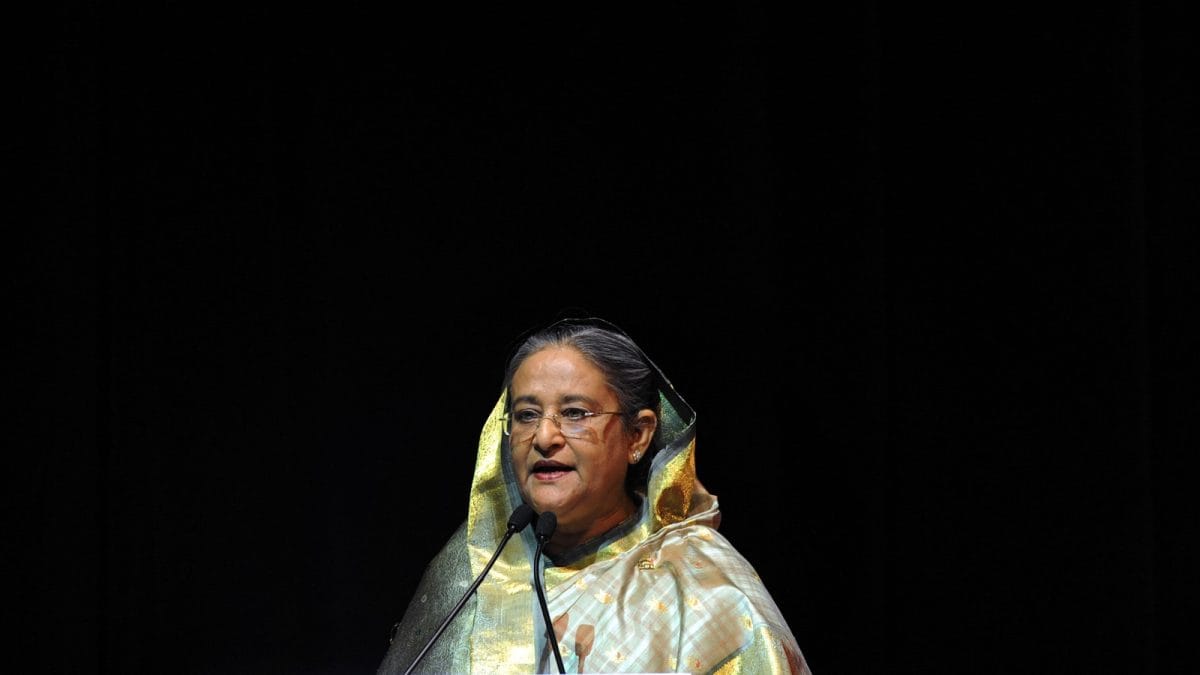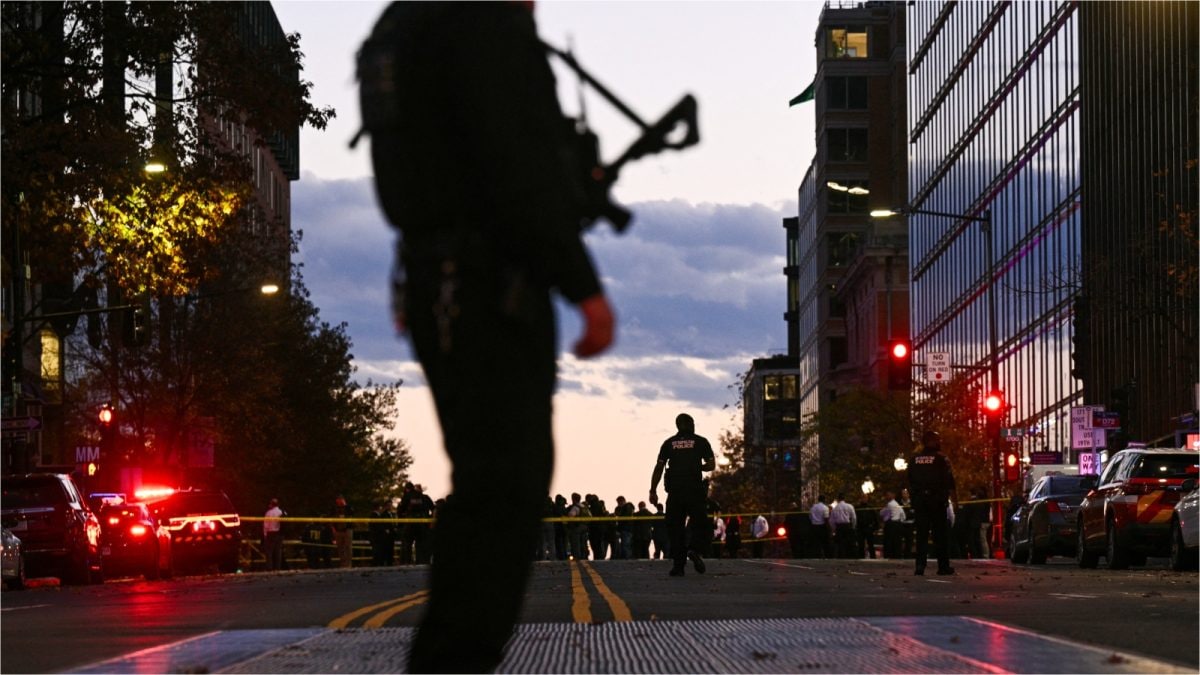Last Updated:October 01, 2025, 16:06 IST
Israel’s officially recognized area is about 20,770 sq km, but it controls around 27,000–28,000 sq km, having briefly expanded to 88,000 sq km after the 1967 war

During the 1967 war, Israel occupied 61,000 sq km from Egypt's Sinai Peninsula. (Representative/News18 Hindi)
The ongoing Israel-Palestine conflict remains one of the most intricate and longstanding disputes in modern history, rooted in historical, religious, and political claims. Central to this conflict are the competing territorial and national identity claims by Israel and the Palestinian territories of the West Bank and Gaza Strip, which have led to numerous wars and persistent violence.
The region known today as Palestine was under Ottoman Empire control for over 400 years, from the early 16th century until the end of World War I. Following the Ottoman defeat, the League of Nations handed the mandate over to Britain in 1920.
The Rise Of The Zionist Movement
The late 19th century saw the emergence of the Zionist Movement, aiming to establish a national homeland for Jewish people in Palestine, where a small Jewish community already lived, in response to widespread persecution and anti-Semitism in Europe and Russia. The British government’s 1917 Balfour Declaration officially supported the creation of a “national home for the Jewish people" in Palestine, laying the foundation for the establishment of Israel in 1948.
The Formation Of Israel
After World War II and the Holocaust, which killed millions of Jews, many displaced Jews sought refuge. In 1947, the United Nations proposed a plan to partition Palestine into separate Jewish and Arab states. On May 14, 1948, David Ben-Gurion, head of the Jewish Agency, declared the establishment of Israel. This announcement triggered the First Arab-Israeli War, with neighbouring Arab states attacking Israel. Israel emerged victorious, gaining control of more land than allocated by the UN Partition Plan, leading to the displacement of millions of Palestinians in what is known as the “Nakba."
The Law Of Return And Israel’s Immigration Drives
Post-establishment, Israel implemented the 1950 “Law of Return," granting Jews worldwide the right to immigrate to Israel and obtain citizenship. Significant numbers of Holocaust survivors from Europe and Jews from Arab and Muslim countries settled in Israel, some voluntarily, others due to persecution.
Size Of The Jewish State At Its Founding
In 1947, the UN proposed a division of Palestine, allocating approximately 14,000 sq km to the Jewish state and 11,500 sq km to the Palestinian state. However, following the 1948 Arab-Israeli war, Israel’s area expanded to 20,770 sq km, including West Jerusalem.
Israel’s Victory Over Egypt, Jordan, And Syria
The 1967 war saw Israel defeating Egypt, Jordan, and Syria, leading to further territorial expansion. Israel began establishing illegal settlements on occupied land, defying international law. By 1973, 17 settlements were established in the West Bank and seven in the Gaza Strip. By 1977, around 11,000 Israelis lived in these occupied territories. According to Munir Nusseibah, a professor at Al-Quds University, the occupation of the West Bank and Gaza highlighted Israel’s colonial aspects.
Territorial Gains And Occupied Areas After The 1967 War
During the 1967 war, Israel occupied 61,000 sq km from Egypt’s Sinai Peninsula, 365 sq km in the Gaza Strip, 5,640 sq km from Jordan’s West Bank and East Jerusalem, and 1,200 sq km from Syria’s Golan Heights. This expansion increased Israel’s control area to approximately 88,000 sq km.
Key Agreements And Territorial Changes
Under the Camp David Accords (1979-82), Israel returned the Sinai Peninsula to Egypt. In 2005, Israel withdrew from the Gaza Strip but maintained a blockade. Israel annexed the Golan Heights and East Jerusalem, a move considered illegal internationally.
Israel’s Current Territorial Size
Today, based on the 1949 ceasefire line, Israel’s area in 2025 is 20,770 sq km, with de facto control over East Jerusalem (70 sq km) and the Golan Heights (1,200 sq km). Israel also controls 60 percent of the West Bank’s 5,640 sq km. Thus, while Israel’s recognised area is around 20,770 sq km, it controls approximately 27,000-28,000 sq km, having once expanded to 88,000 sq km post-1967 war.
Current Status Of Israeli Settlements
Since 1967, Israel has been illegally building settlements in the West Bank and East Jerusalem. Over 700,000 Israeli settlers live in these areas, with 500,000-530,000 in the West Bank and 220,000-230,000 in East Jerusalem. This continuous expansion of Jewish settlements on Palestinian land persists despite international objections.
First Published:
October 01, 2025, 16:06 IST
News world How Israel Was Created, Expanded After Wars, And Its Current Territorial Size | Explained
Disclaimer: Comments reflect users’ views, not News18’s. Please keep discussions respectful and constructive. Abusive, defamatory, or illegal comments will be removed. News18 may disable any comment at its discretion. By posting, you agree to our Terms of Use and Privacy Policy.
Read More

 1 month ago
1 month ago


















